Royal etiquette has layers of tradition and protocol that have been shaped over centuries. When meeting members of the British royal family, people often observe traditional practices such as bowing or curtsying and using appropriate titles like “your majesty” or “ma’am.” These customs signify respect and acknowledgment of the royal family’s historical and cultural significance.
The nuances of these interactions often capture public and media attention, especially when high-profile figures like American presidents are involved. Donald Trump, in particular, managed to break numerous royal rules during his presidency, causing controversy and criticism on both sides of the Atlantic.
A Waiting Game — July 2018
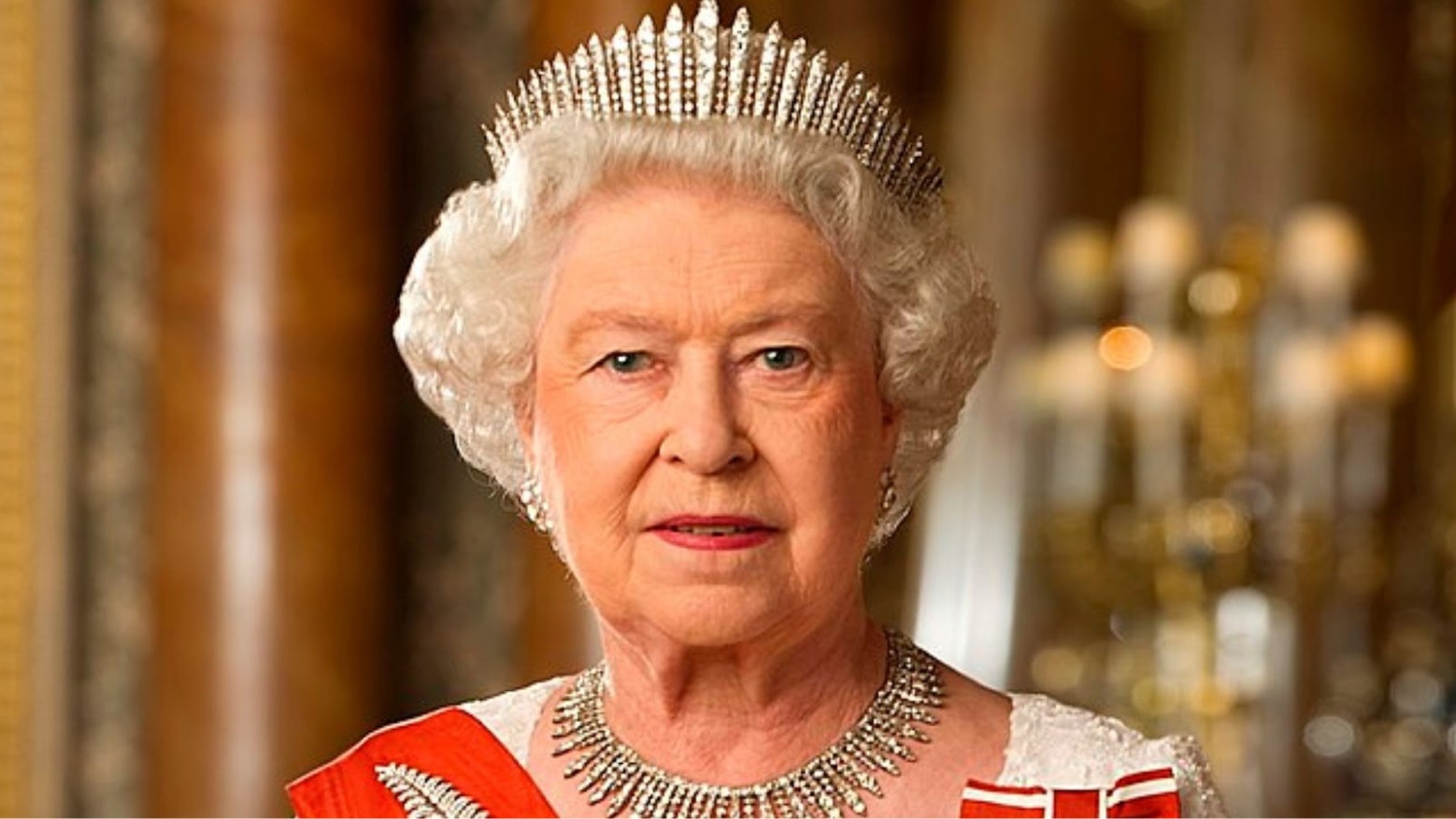
In July 2018, President Donald Trump had his first official meeting with Queen Elizabeth II at Windsor Castle. The event sparked debate when the queen was seen checking her watch, leading to speculation on whether the Trumps were late (via CNBC).
This moment became a focal point, as punctuality is a significant aspect of royal protocol. Media outlets around the world dissected the footage, though Trump later said he was 15 minutes early, calling reports of his tardiness “fake news.”
The Handshake Heard Around the World

During his July 2018 visit, Trump chose to shake hands with Queen Elizabeth instead of bowing. This decision was widely discussed since physical interactions with the queen are typically reserved and symbolic (per The Independent).
A bow or curtsy is seen as a gesture of respect and adherence to tradition, especially within the British context. Trump’s handshake, while not a severe breach, represented a departure from the conventional approach many of his predecessors had taken.
A Step Ahead
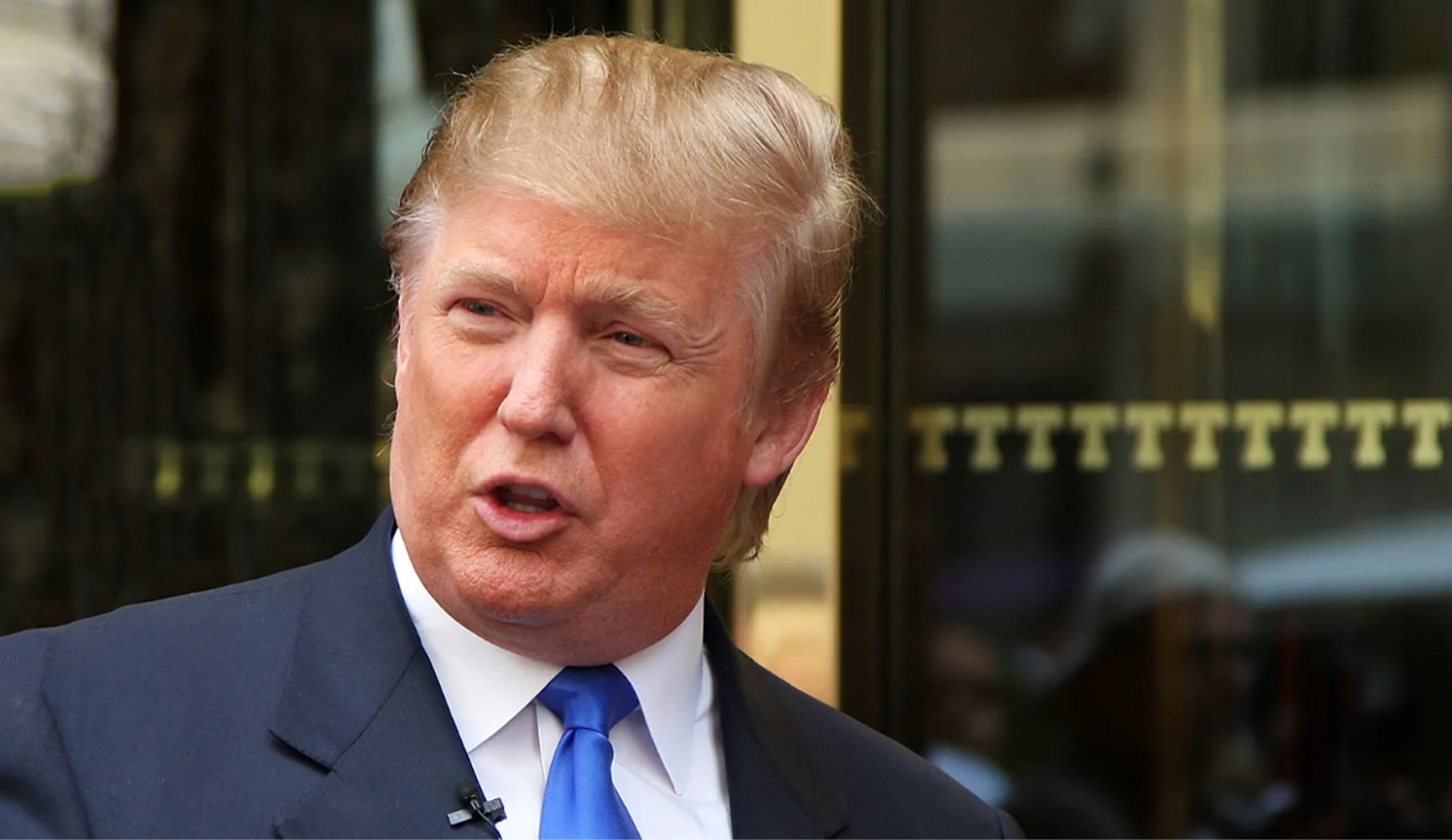
An awkward moment occurred during one Windsor Castle visit when President Trump inadvertently walked in front of Queen Elizabeth, a misstep according to royal protocol (via The Washington Post). Traditionally, no one should walk ahead of the queen as a matter of respect and protocol.
This incident led to an uncomfortable moment, captured and replayed by global media, highlighting the intricate dance of royal etiquette that visiting dignitaries are expected to navigate.
The Second Handshake
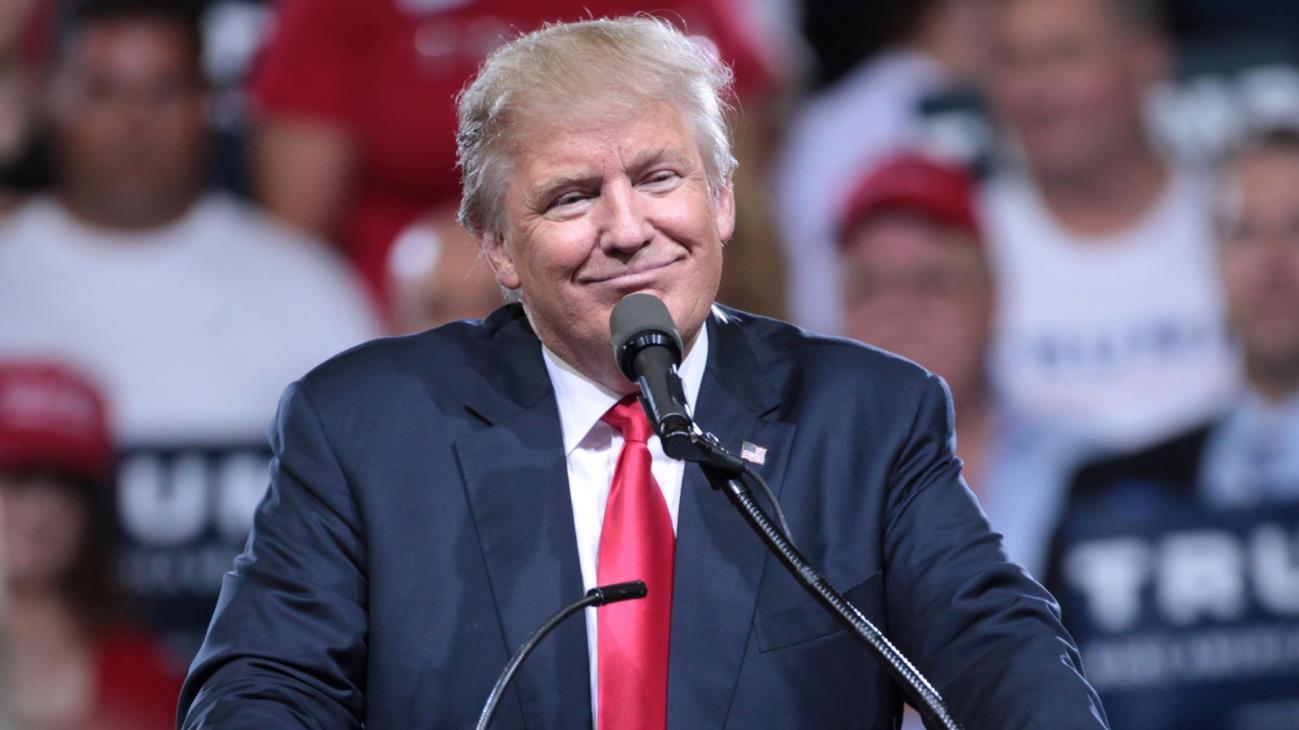
Despite the previous year’s media attention, President Trump once again opted for a handshake during his June 2019 state visit. This consistent choice to forego traditional bowing raised eyebrows but also underscored the cultural differences between American customs and British royal traditions, not to mention Trump’s perceived arrogance.
Melania Trump, accompanying her husband, also chose a handshake over a curtsy, further marking their approach to royal interactions.
An Unintended Touch
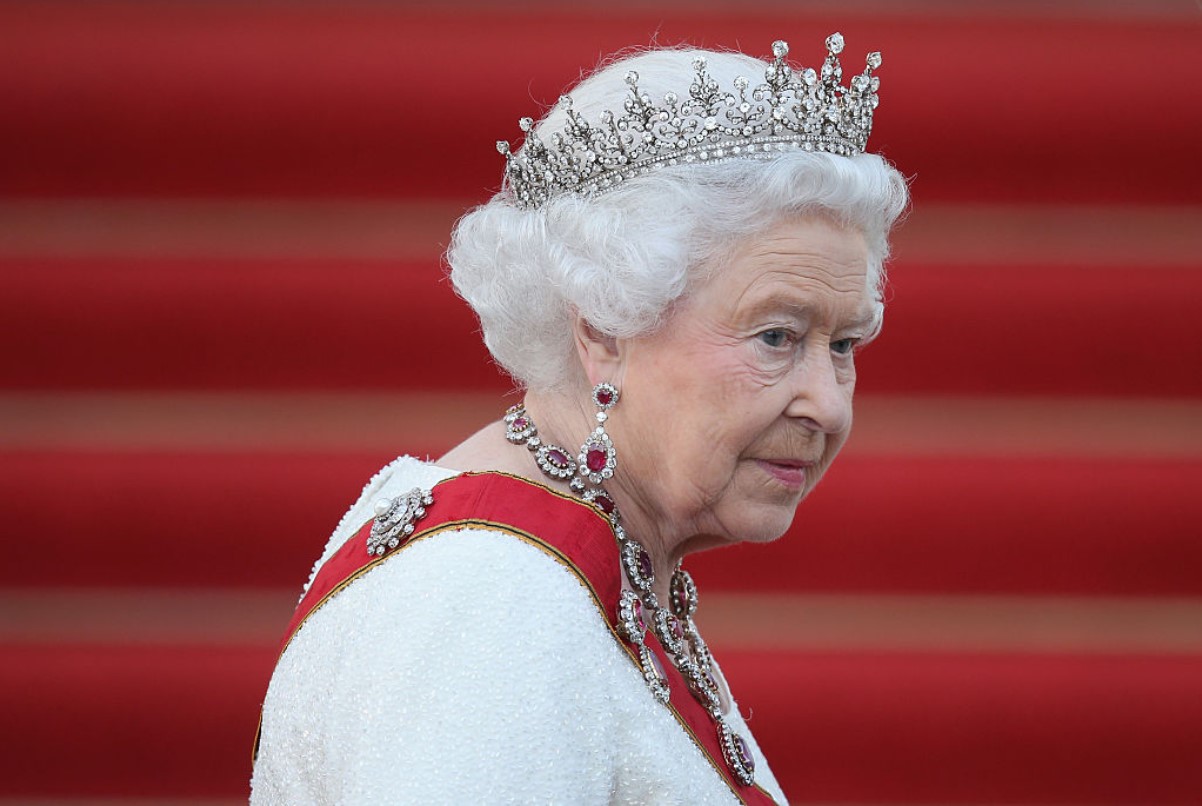
At a Buckingham Palace state banquet in June 2019, Trump was observed lightly touching the queen’s back as she rose from her seat. This gesture, though seemingly minor, was noted as a breach of protocol, which dictates not touching the queen unless she initiates (via People).
The incident recalled a similar moment in 2009 with Michelle Obama, who later described her own breach as a “mutual and spontaneous display of affection” (via CNN).
Speaking Out of Turn
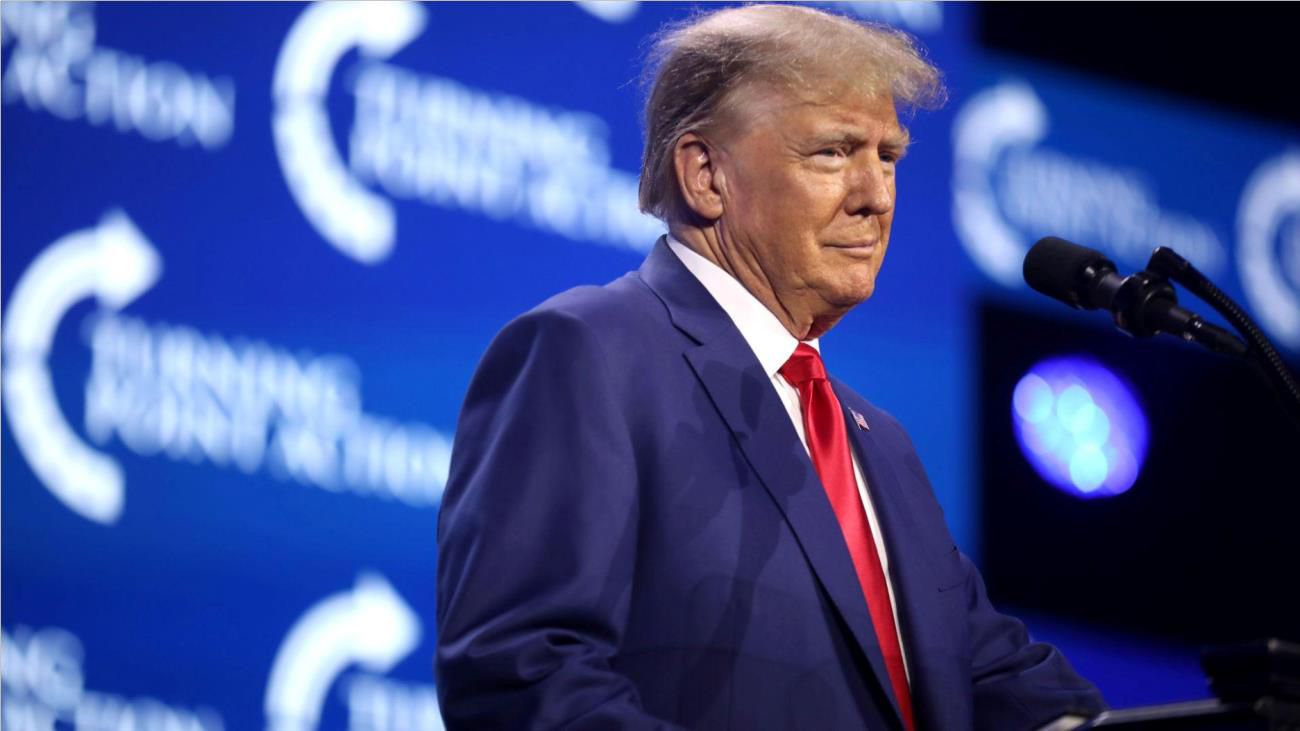
One of the more significant breaches of protocol occurred when President Trump discussed his private conversations with the queen, particularly mentioning her views on Brexit.
Royal conversations are typically held in confidence, and divulging details of these discussions goes against long-standing traditions of discretion and respect for privacy within the royal family (via The Guardian).
Mixed Messages from the Palace
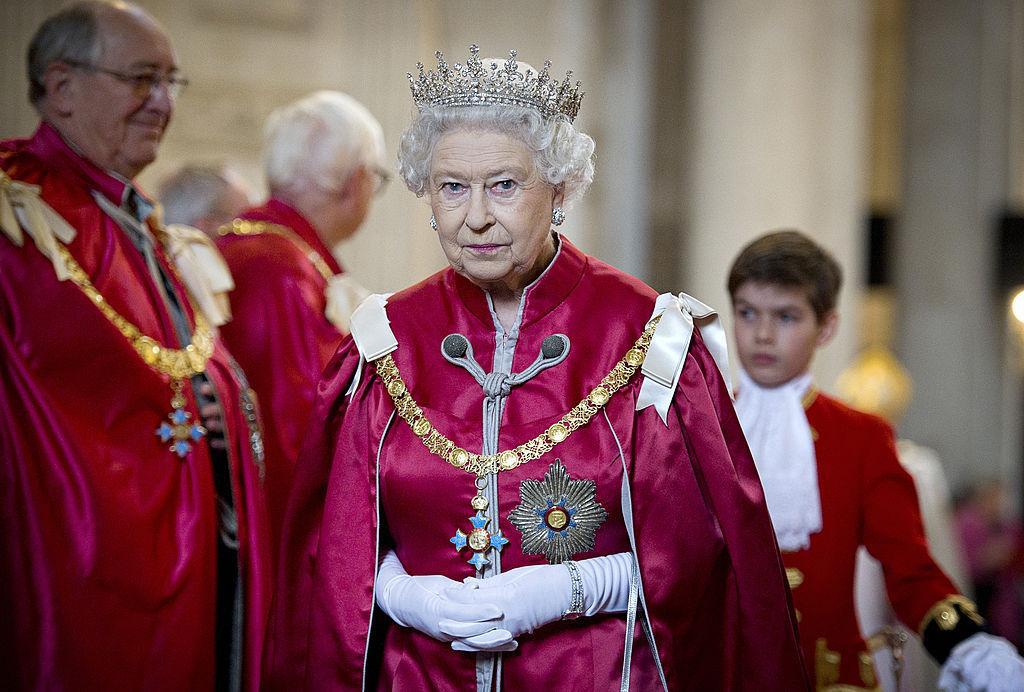
Despite these incidents, the response from Buckingham Palace has been notably subdued. There have been reports that Queen Elizabeth herself regards many aspects of royal protocol as outdated or “rubbish,” which she reportedly told Michelle Obama (via Business Insider).
This relaxed response may reflect a modernizing attitude within the royal household and a recognition of the complexities of international relations.
Public Reactions and Royal Etiquette
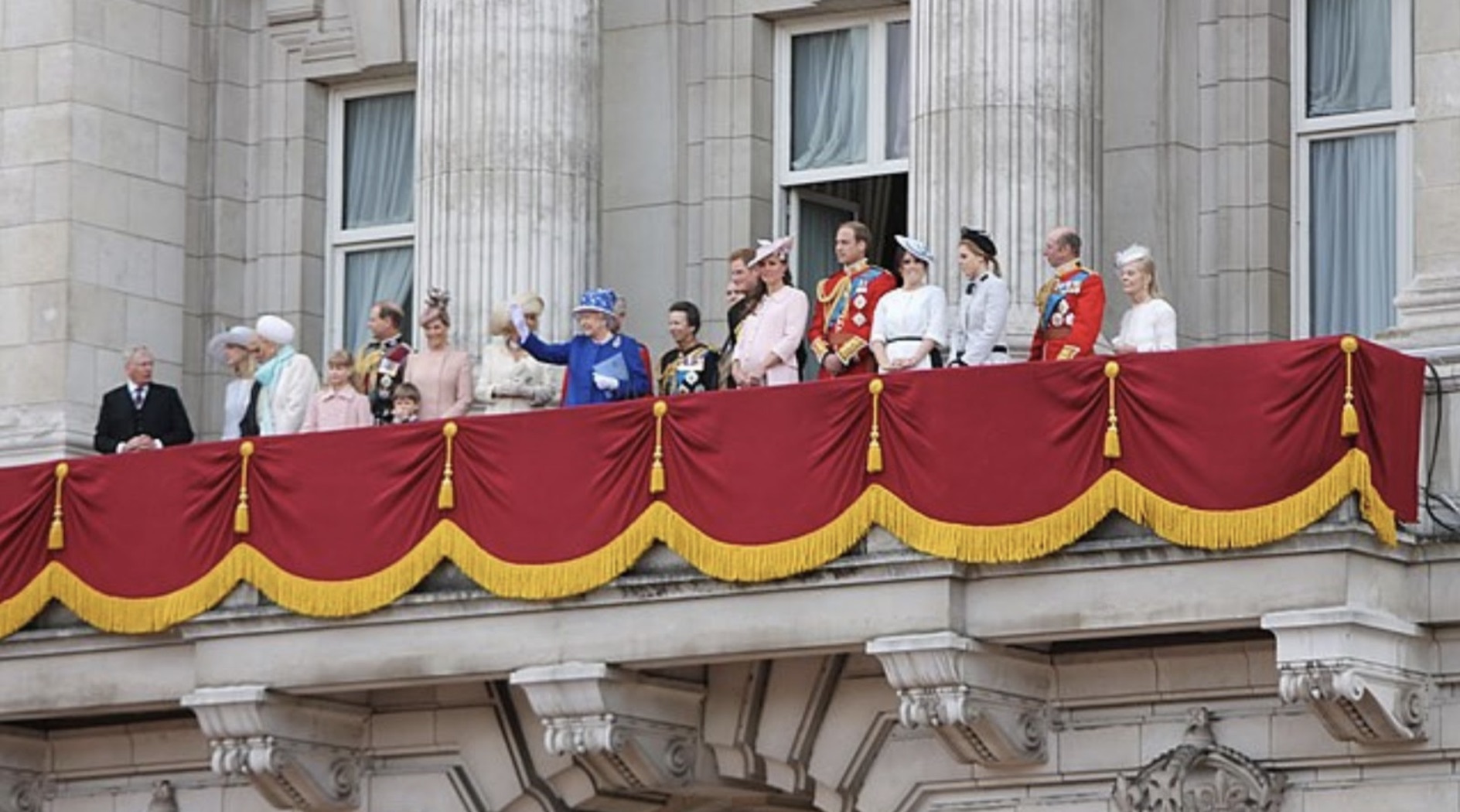
The public and media reactions to these protocol breaches have varied, reflecting a wide range of opinions on the importance of royal etiquette.
A quick internet search will reveal some that view these incidents as significant faux pas, while others see them as minor or understandable given cultural differences. These reactions highlight the ongoing conversation about the role and relevance of royal traditions in today’s globalized world.
The American Exception

Historically, Americans, including their presidents, have not been held to the same strict standards of royal protocol as others.
This distinction suggests a broader understanding and accommodation of cultural differences, which might explain some of the perceived missteps during Trump’s visits.
Presidential Precedents
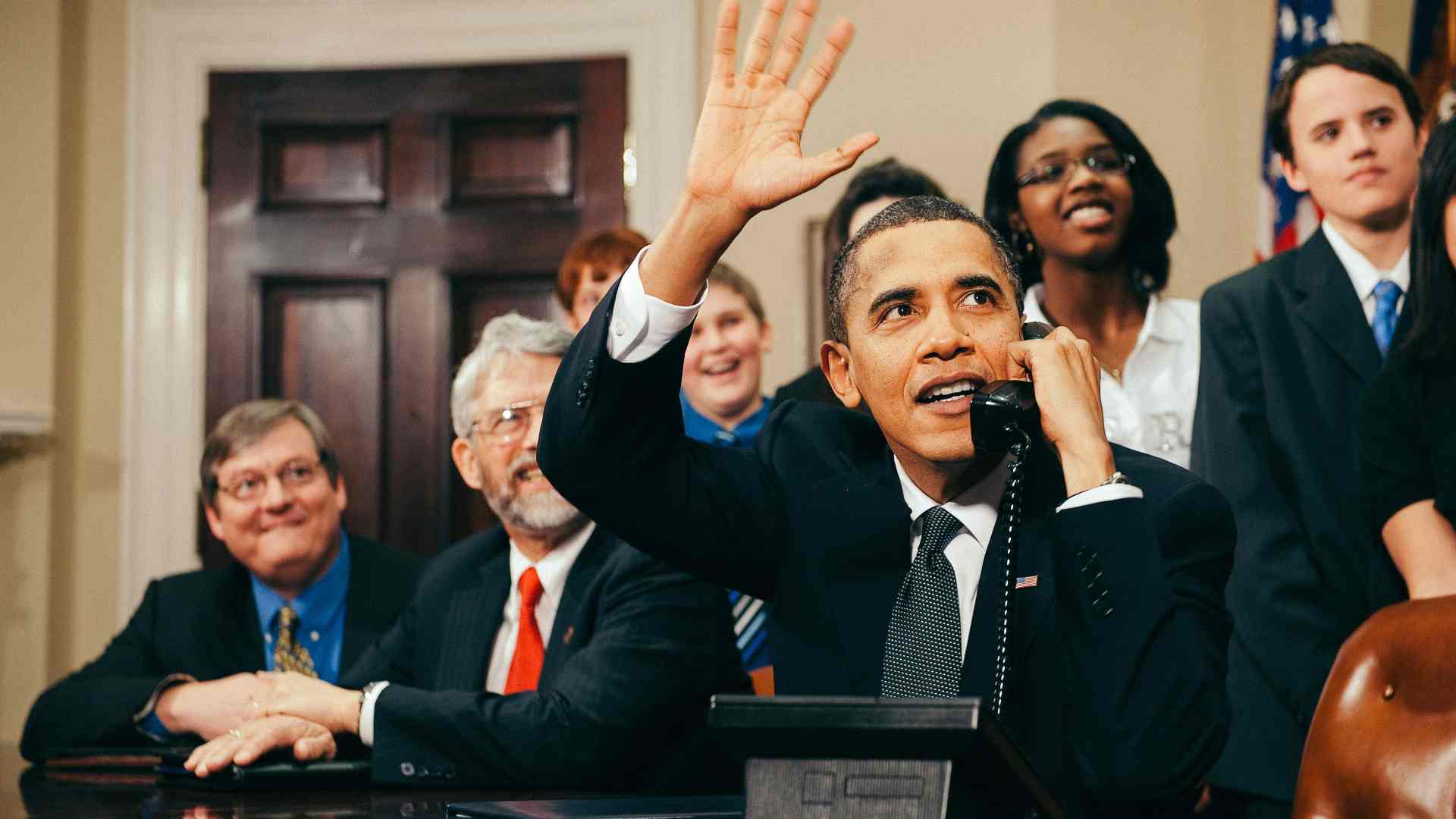
A review of past U.S. presidents’ interactions with the British royal family shows a spectrum of adherence to royal protocol. From the respectful bows of President Obama and President Bush to the more informal approaches of other leaders, each president has navigated these traditions in his own way.
Trump’s actions are part of a broader history of varying American presidential behaviors in the presence of royalty.
The Importance of Protocol
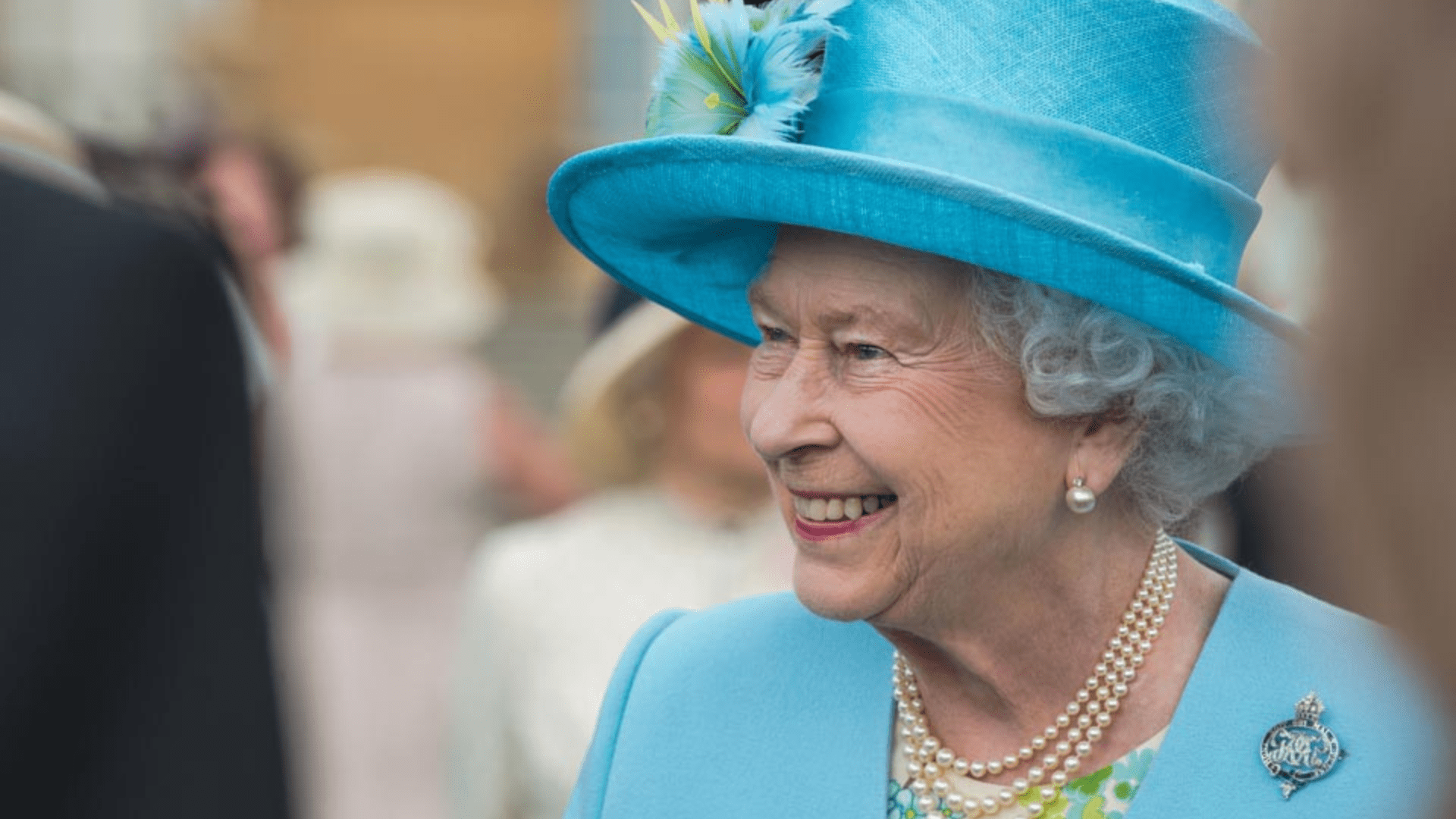
While the breaches of protocol by President Trump during his visits to the U.K. may seem minor to some, they highlight the ongoing importance of etiquette and tradition in international diplomacy.
These incidents serve as a reminder of the delicate balance between respecting historical customs and adapting to contemporary norms. As the world changes, so too does the dance of diplomacy, reflecting the ever-evolving nature of global relationships and cultural exchanges.


